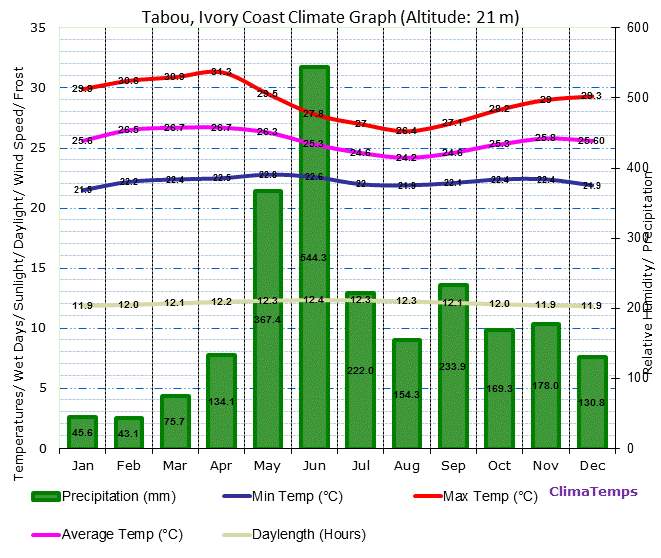Chocolate Production and Biomes for Growing Cacoa Beans
| ✅ Paper Type: Free Essay | ✅ Subject: Biology |
| ✅ Wordcount: 1780 words | ✅ Published: 18th May 2020 |

Introduction
This report is to investigate how chocolate is produced and the biomes where the cacoa bean is best grown in. The cocoa beans are going true a manufacturing process and the sepereated cocoa butter is the main component for chocolate production. Further investigations will be the environmental factors and human interferences into the cocoa tree farming, and the impact on the sustainability of cocoa bean production and security. Cocoa Beans are a high demand consumer item all over the world and this demand has an affect on chocolate production. I will also show how food production can change and what factors are driving this change for the future of the cocoa bean.

Biome
Biomes areas on the earth’s surface where plants and animals live in conjunction, with animals and plants adapting to their environment. The ideal place to grow cocoa beans is in countries situatied in a belt between 10ºN and 10ºS of the Equator (Figure 1), where there is a humid tropical climate. The largest production countries are Côte d’Ivoire, Ghana and Indonesia, with 70% of cocoa beans are produced in west Africa. The African tropical forest biomes are warm and humid tropical climate raining regulary and have a small proportion of there yar that is dry. According to Purdue University, cacao trees can tolerate temperatures as high as around 35 degrees and as low as 12 degrees. Optimal growing temperature are between 26 and 18 degrees (Whittemore, F. 2012). Cacao trees do not tolerate lack of rain well and require climates with high precipitation and humidity to thrive. The plant can tolerate rainfall from around 500 mm to over 2500mm per year.
Get Help With Your Essay
If you need assistance with writing your essay, our professional essay writing service is here to help!
Find out more about our Essay Writing Service
Cocoa trees are not well suited to wind, that’s why they are often planted in protected areas along the mountain ranges and hillsides, usually below elevations of 300 meters. The trees are shade loving and are often grown under the forest canopy for more protection (icco.org), they are almost alwase planted in laege groups so they can protect each other from the wind.
Ideal soil for growing the trees must contain quantity of nutrients, be about 1.5m deep to allow the growth of a good root system. The cocoa tree is sensitive to a lack of water, so the soil must have both water hold some water well and have good drainage.

Figure 1

Figure 2

Figure 3
Processing & Trading
Cocoa beans are harvested manually due to prevent damaging the steem. Each cocoa tree produces 20 to 30 pods per year, each pod contains 30-50 seeds responsible to make chocolate. The seeds are getting fermented and dried in the sun, another labor intense prossess to make sure the beans a are completely dried giving them the rich brown look. They are then packed and ready to ship to chocolate manufacturers all over the world.
In the ivory coast region the traiding of cocoa beans takes place with two middle men, the first is the small traders and then the wholesalers who sell the cocoa beans to bigger companies to procces and turn into chocolate. Then once the cocoa beans are turned into chocolate it is then sold to another wholesales market which then sell the chocolate bars to retailers like coles and woollies.
The beans are transported to a factory usually a place with cheap labour and running costs like China, Cambodia and Thailand. In these factory’s they add processed nibs, cocoa butter and sugar to produce our favorit chocolate food. The largest consumers of chocolate are Switzerland 19.4 pounds per capita, Germany with 17.4 pounds per capita and then irland with 16.3 pounds per capita. Trading and Shipping cocoa beans.



Figure 4

Figure 5
Supply and Demand
The largest manufacturer of chocolate products in the worls is s a USA company, followed by Italy and Japan. These companys (Figure 6) combined produce about 50% of the worlds chocolate products.
Demand is driven by consumers for example Amerikans spends 7.44 billion Dollars each year on chocolate products alone. Leading int the worlds chocolate consumption with 19.4 pounds per capita consumed is Switzerland, also famous for the quality of their chocolate. Followed by Germany wit a consumption of 17.8 pounds of chocolate per capita per year. This high driven consumer demand has an environmental impact on the Countries that grow cocoa tree, as well on the quality and safety of the cocoa bean.
|
Company |
Net Sales 2018 (US$ millions) |
|
Mars Wrigley Confectionery, division of Mars Inc (USA) |
18,000 |
|
Ferrero Group (Luxembourg / Italy) |
12,390 |
|
Mondelēz International (USA) |
11,792 |
|
Meiji Co Ltd (Japan) |
9,662 |
|
Hershey Co (USA) |
7,779 |
|
Nestlé SA (Switzerland) |
6,135 |
|
Chocoladenfabriken Lindt & Sprüngli AG (Switzerland) |
4,374 |
|
Ezaki Glico Co Ltd (Japan) |
3,327 |
|
Pladis (UK) |
2,816 |
|
Kellogg Co (USA) |
1,890 |
Reference:
Candy Industry, January 2019
Figure 6
Sustainability & Environmental Future
Due to the growing demand on chocolate products driven by consumers, cocoa tree plantation are replacing important biodiverse rainforests. So far in totall 80% of the rainforests in the Ivory Coast area have been desolated to make room for cocoa trees. This also causes more problems for the land because if cocoa trees are moved into direct unlight they are more suseptable to weed. This then affects the land even more as farmers must spray more pesticides to get rid of them. Whih greatly damages the land. When the land is ruined in a certain area the famers must move there crops into a new area in turn removing more rainforests. As you can see this is a deadly circle that will continue to affect rainforests in west Africa. So overall the farming of cocoa beans in west Africa is not sustainable for the future.
As our population is expanding dramaticly this is affecting the cocoa industry very largly as everyone like choclate. This is forcing farmers to expand there crops taking away more and more biodiverse rainforests. As explaind above when the crops ruin. The land they have to expand and expand taking away more rainforests. It combat this problem we could invest in resrch to find more sustainable pesticide that do not effect the soil as much giving it a longer life.
Reference List
- Bittersweet: chocolate’s impact on the environment. (2019). Retrieved 3 September 2019, from https://www.worldwildlife.org/magazine/issues/spring-2017/articles/bittersweet-chocolate-s-impact-on-the-environment
- Clough, Y., Faust, H., & Tscharntke, T. (2019). Cacao boom and bust: sustainability of agroforests and opportunities for biodiversity conservation. Retrieved 3 September 2019, from
- Environmental Effects of Cocoa Production | weADAPT | Climate change adaptation planning, research and practice. (2019). Retrieved 3 September 2019, from https://www.weadapt.org/subject/environmental-effects-of-cocoa-production
- Green Business: Divine. (2019). Retrieved 3 September 2019, from https://theecologist.org/2011/jan/21/green-business-divine
- History | World Cocoa Foundation. (2019). Retrieved 3 September 2019, from https://www.worldcocoafoundation.org/about-wcf/history/
- Roundtable for a Sustainable Cocoa Economy | Shaping Sustainable Markets. (2019). Retrieved 3 September 2019, from https://shapingsustainablemarkets.iied.org/roundtable-sustainable-cocoa-economy
- Soil and Pesticides. (2019). Retrieved 3 September 2019, from http://npic.orst.edu/envir/soil.html
- Sustainability Principles & Goals | World Cocoa Foundation. (2019). Retrieved 3 September 2019, from https://web.archive.org/web/20120216033534/http://www.worldcocoafoundation.org/
- sustainability-principles-and-goals/
- The International Cocoa Organization (ICCO) | Cocoa Producing and Cocoa Consuming Countries. (2019). Retrieved 3 September 2019, from https://icco.org
- The Real Price of a Chocolate Bar: West Africa’s Rainforests. (2019). Retrieved 3 September 2019, from https://e360.yale.edu/features/the-real-price-of-a-chocolate-bar-west-africas-rainforests
Cite This Work
To export a reference to this article please select a referencing stye below:
Related Services
View allDMCA / Removal Request
If you are the original writer of this essay and no longer wish to have your work published on UKEssays.com then please click the following link to email our support team::
Request essay removal


